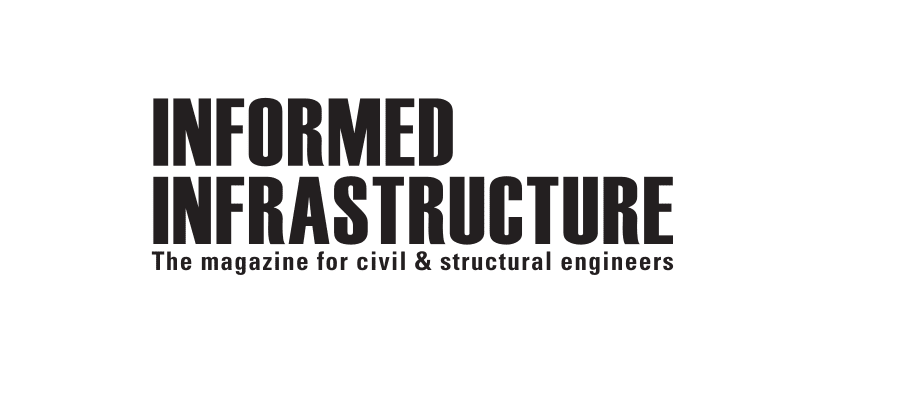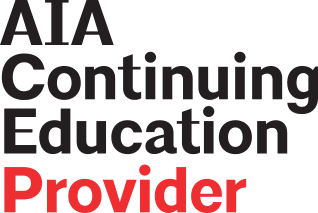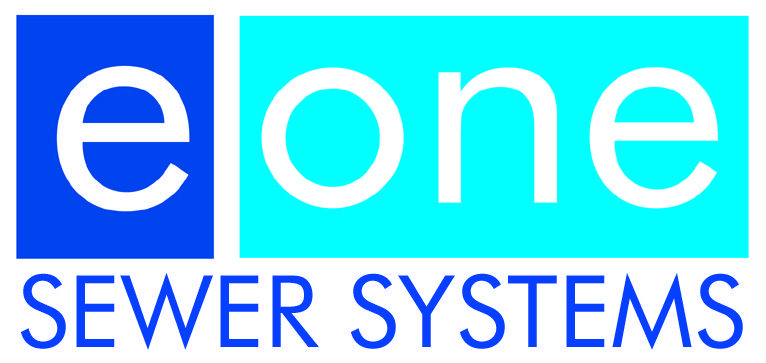Free registration required before viewing this course
Already have an account? Click here to log in.
From Septic to Sewer: Pressure Sewers as the Catalyst for Improving Water Security for Communities
Course Information
For more than 50 years, pressure sewer systems powered by grinder pumps have emerged as an effective solution for septic tank replacement sewer projects.
A pressure sewer system consists of a network of small-diameter pipes that are pressurized to move wastewater from individual homes or buildings to a central collection point, typically a treatment plant or a larger sewer system. Grinder pumps, which are installed at each individual property, are used to break down solid waste and pump it into the pressurized pipes.
One of the key applications of pressure sewer systems is in “septic-to-sewer” projects. In these projects, an established community has chosen to enhance environmental and public-health quality with a wastewater collection system. Beyond the technical advantages of pressure sewers, the practical and logistical simplicity of deploying the system often results in a more affordable and sustainable solution for the community.
Specifically, the footprint of pressure sewers is much smaller than alternatives such as gravity sewers or septic tank effluent pumping (STEP) systems. Furthermore, the constructability of pressure sewers enables minimal disruption to the local communities, avoids damage to private property and existing vegetation, and returns valuable land back to the community.
This webcast will highlight the benefits and best practices of grinder pump pressure sewers in these septic-to-sewer projects. These best practices are the results of lessons learned through the last several decades of working across the United States and five continents. Examples of these best practices in action will be shared through various real-world projects and case studies.
Author
Derek Lachut, Director of Engineering - Environment One CorporationLearning Objectives
- Understand the history of pressure sewers as well as the most common applications and benefits.
- Recognize the benefits, differentiators, common missteps and keys to successful septic-to-sewer projects.
- Gain an appreciation for how stakeholders can leverage pressure sewers to improve environmental quality of life.
- Learn how pressure sewers can be a catalyst to facilitate more septic-to-sewer projects.
Already have an account? Click here to log in.





